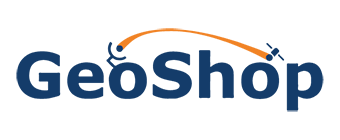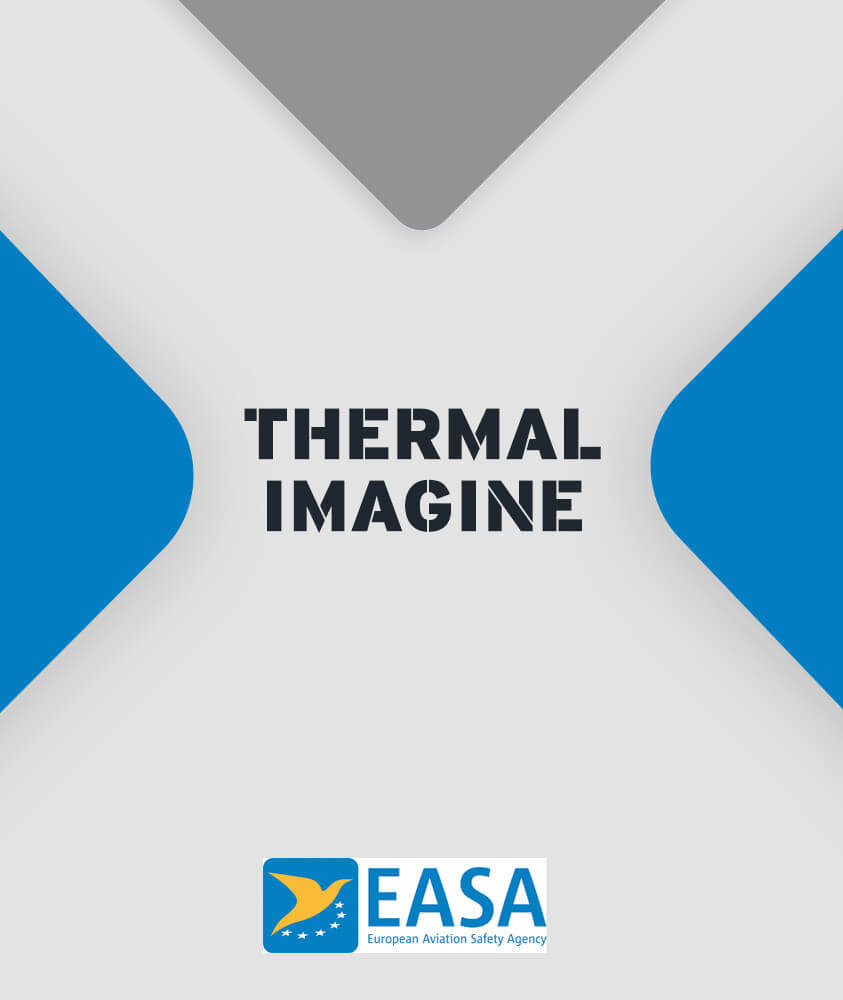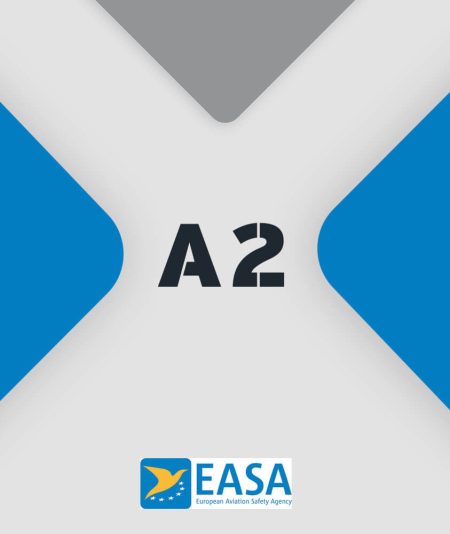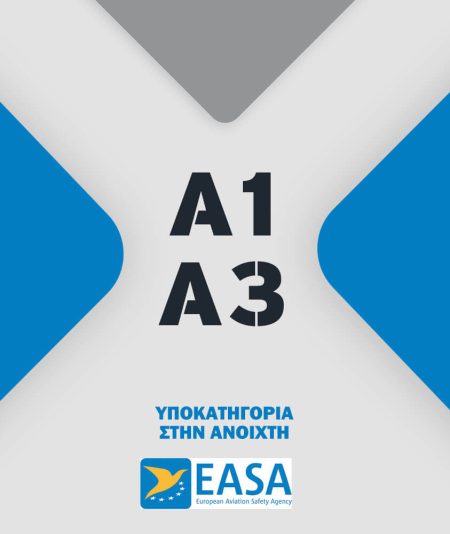Thermal Camera Usage Program
Thermal Imagine
190,00 € χωρίς Φ.Π.Α.
Description
In this tutorial we will talk about thermal cameras and their use by drones. As drone technology continues to evolve, so does the range of solutions offered to its users.
A thermal camera is a type of thermographic camera that is generally used by imaging infrared radiation as visible light, these cameras allow us to see hot areas through smoke, darkness, or heat-transmissive barriers. They are constructed with heat and water resistant housings, and durable to withstand the hazards of firefighting activities. While they are expensive equipment, their utilisation is increasing significantly. Thermal imaging cameras also detect body heat, and are usually used in situations where there are trapped people and more.
The obvious applications, such as search and rescue situations, whether it is the police searching for missing persons or rescue teams guiding stranded people to safety.
Also, firefighters make use of thermography. It helps them see through the smoke and find people in danger, get an aerial view of an evolving danger situation or even guide sections of the ground.
Aerial thermal inspections are one such example where the technology is becoming increasingly smaller in volume and affordable, allowing companies offering drone services to incorporate aerial thermography into their services.
In the construction sector, the use of aerial thermal inspections to check buildings for heat loss is a quick and easy way to improve their energy efficiency. Agriculture in itself constitutes an almost autonomous thermal imaging industry, with multi-spectral imaging solutions. Also, energy companies such as electricity providers, photovoltaic & wind farms, use thermographic imaging to control pylons, power transmission lines, photovoltaic panels, wind turbines and more.
In security forces also make inspections with thermal cameras, ideal for mobile patrol, for surveillance and securing of territories and borders can be used for rapid inspection and clearance of closed and open spaces to help effectively detect objects and for discreet surveillance of suspects in the dark.





